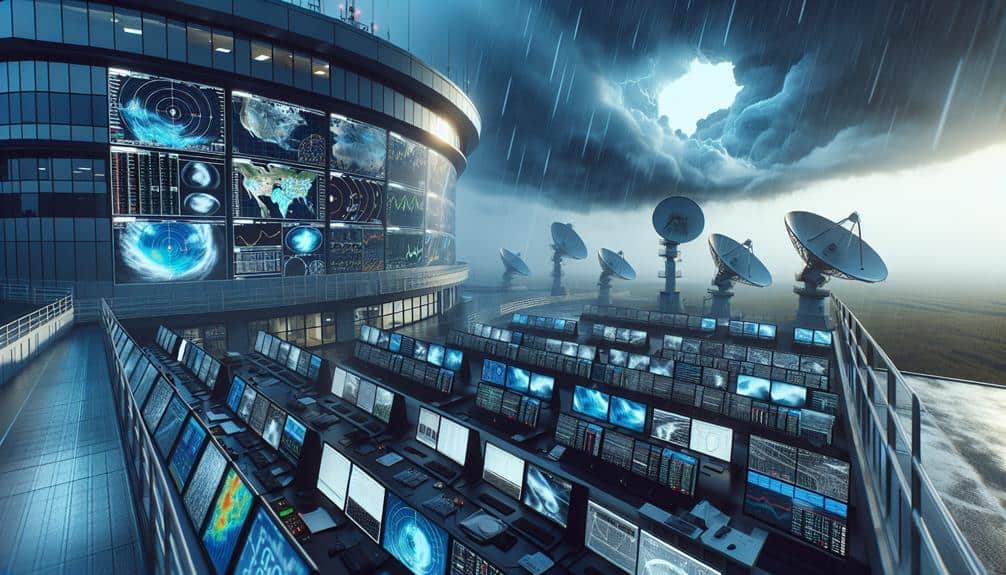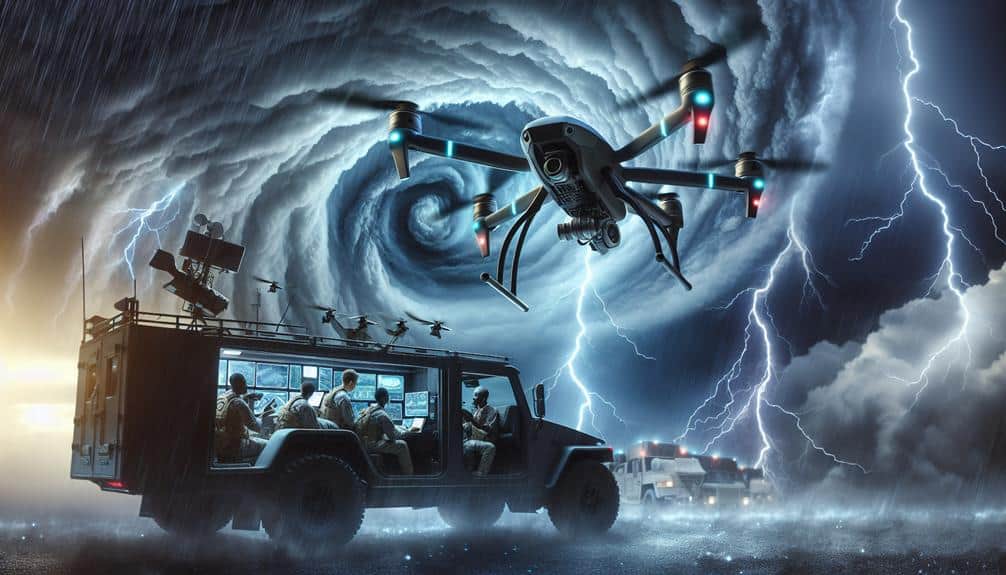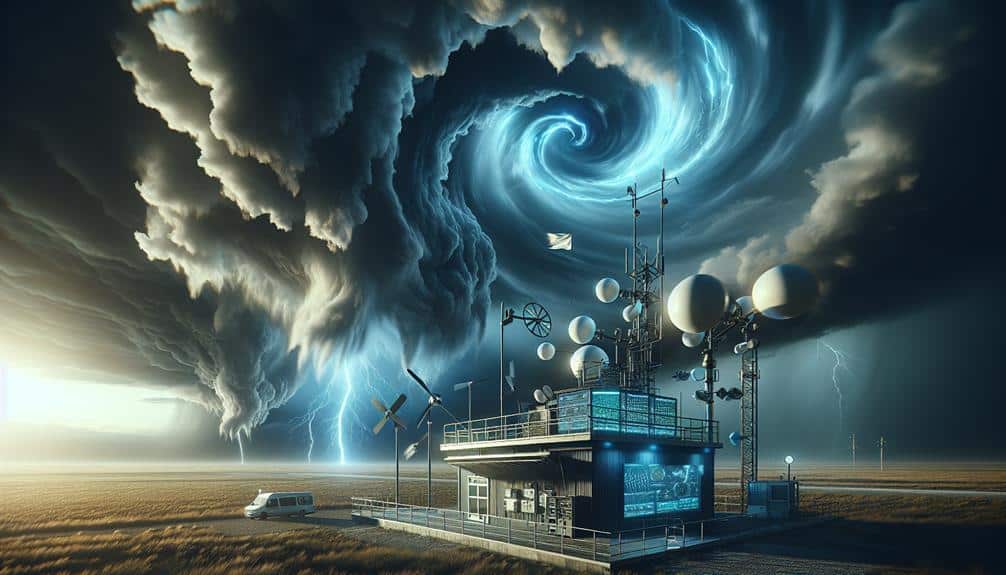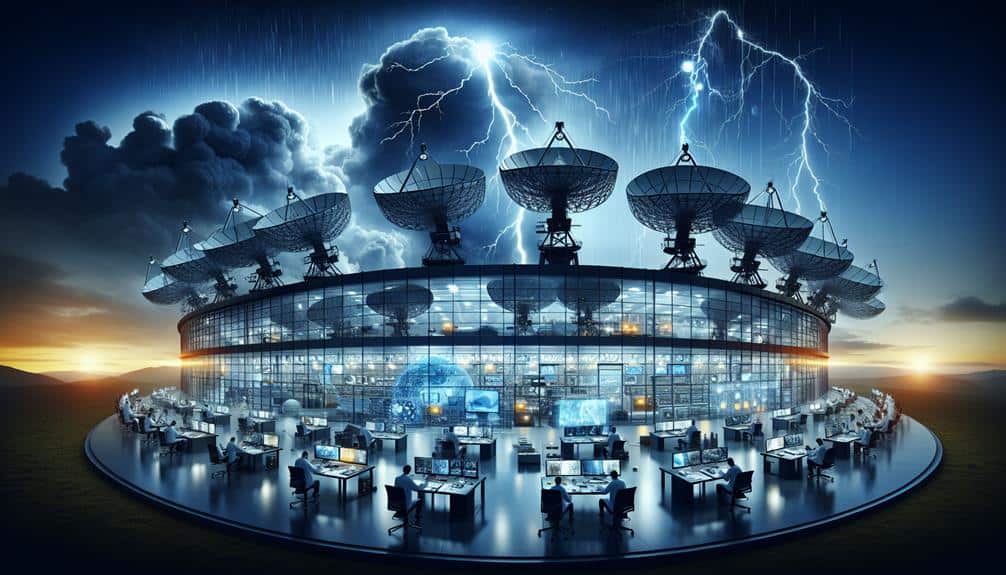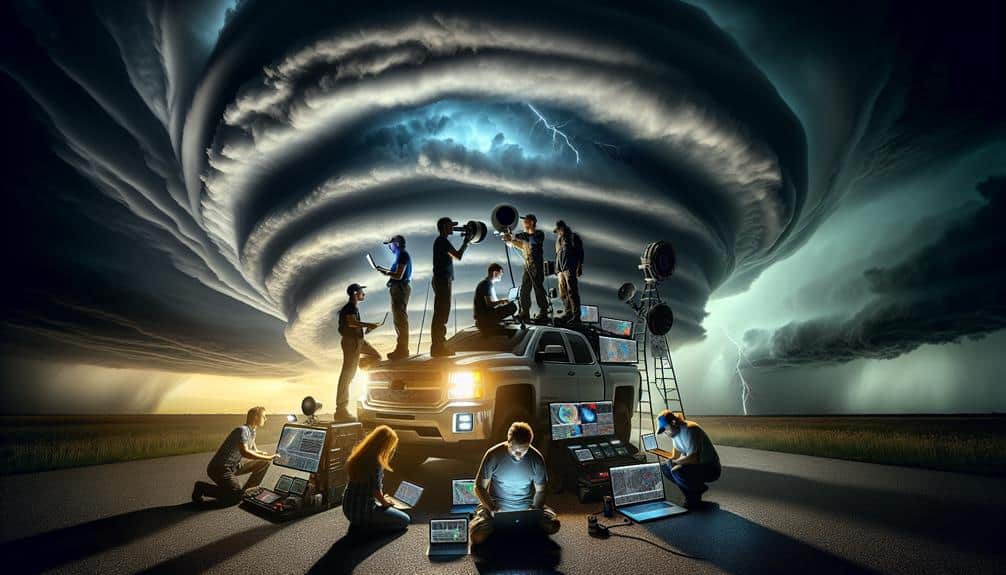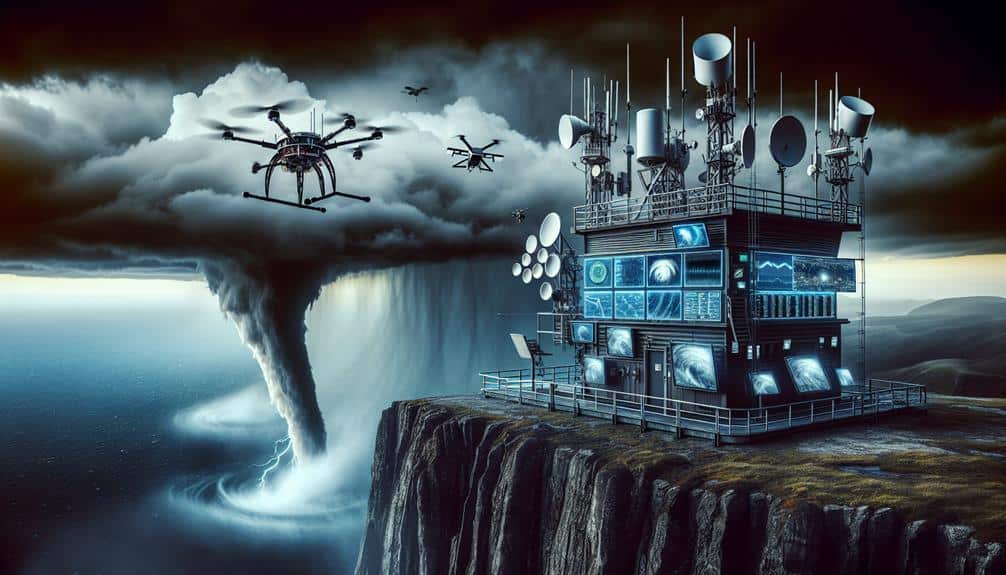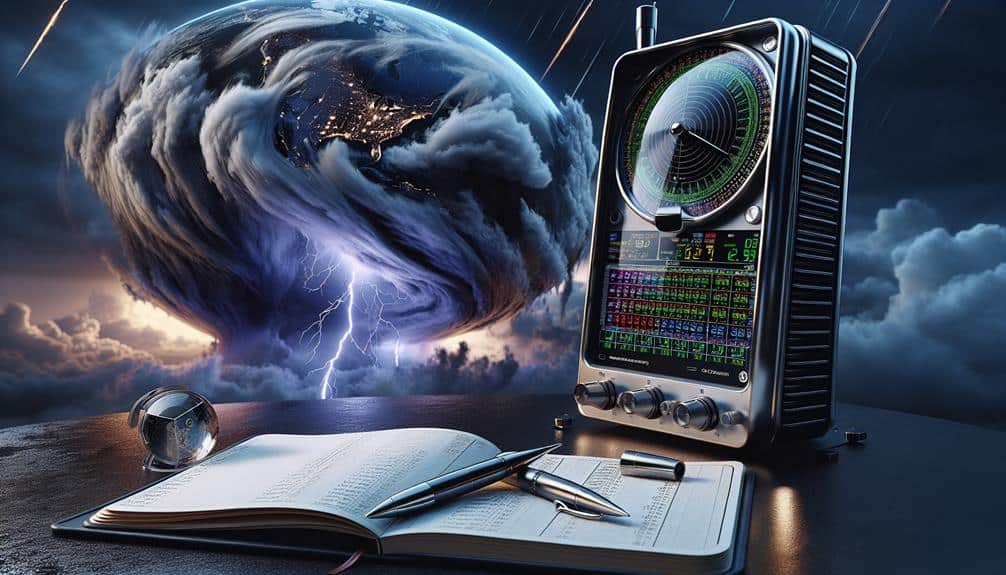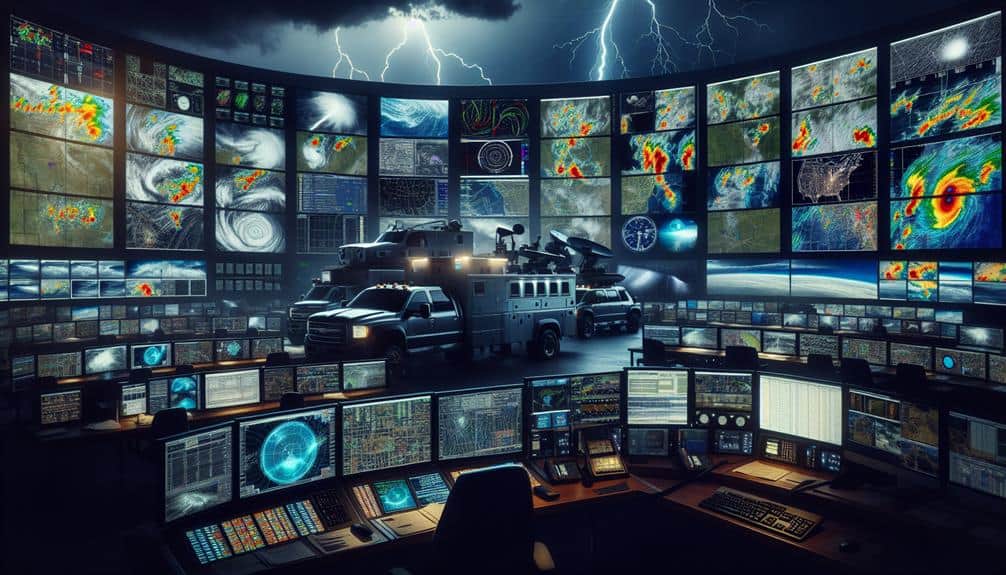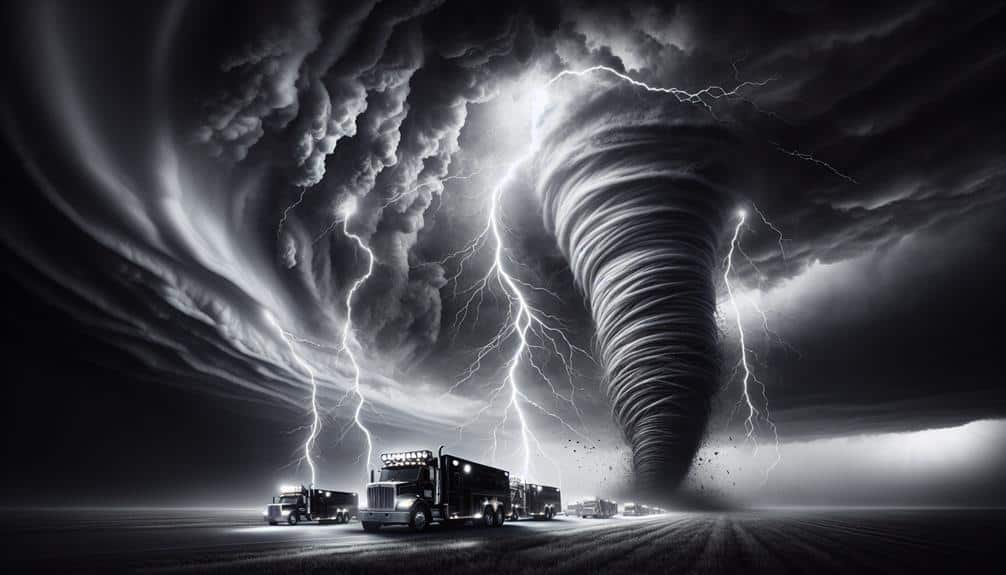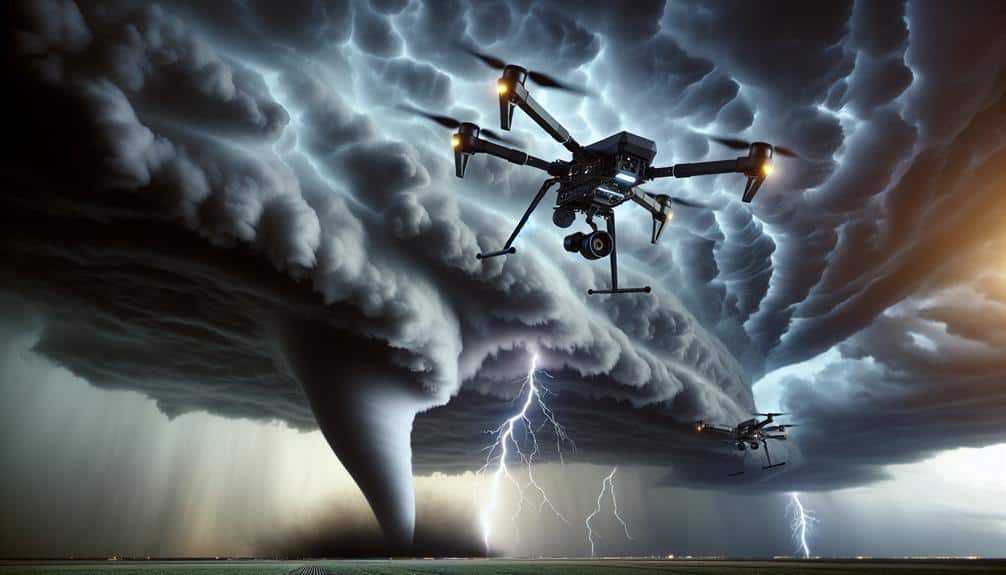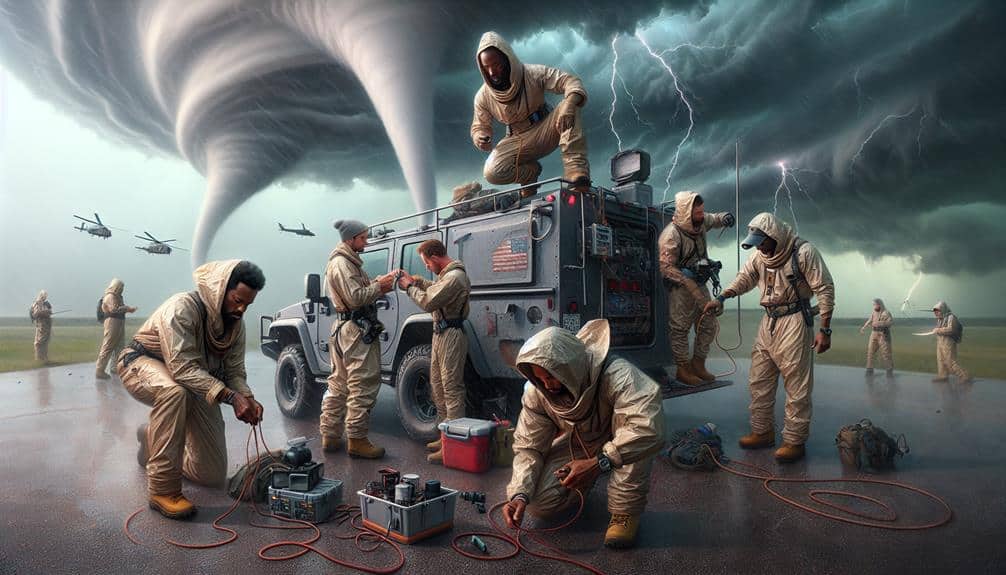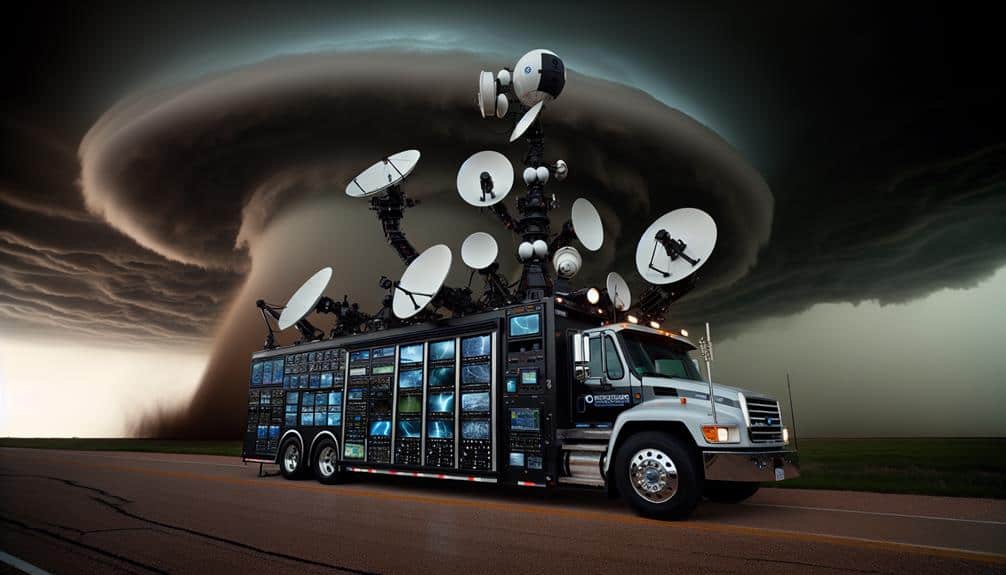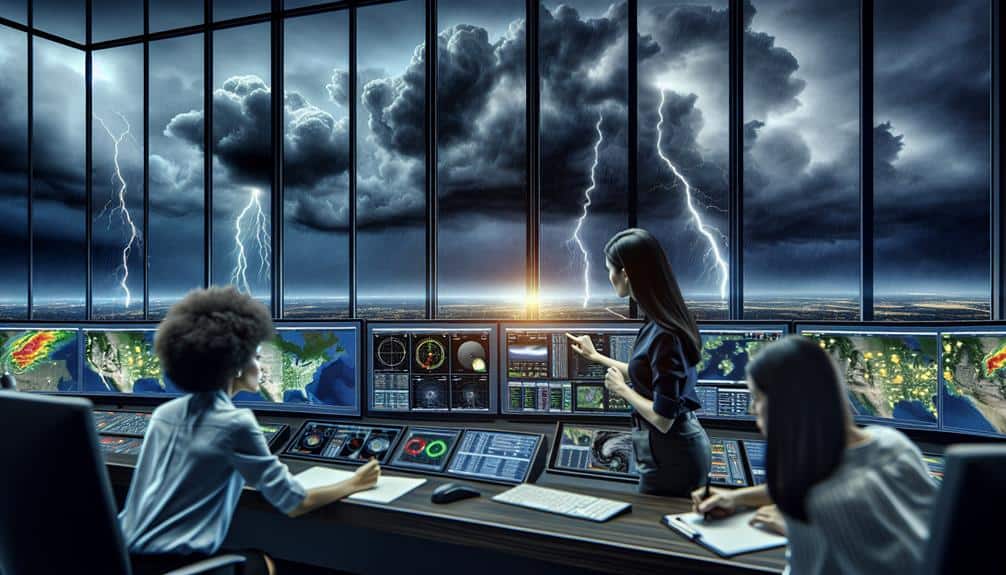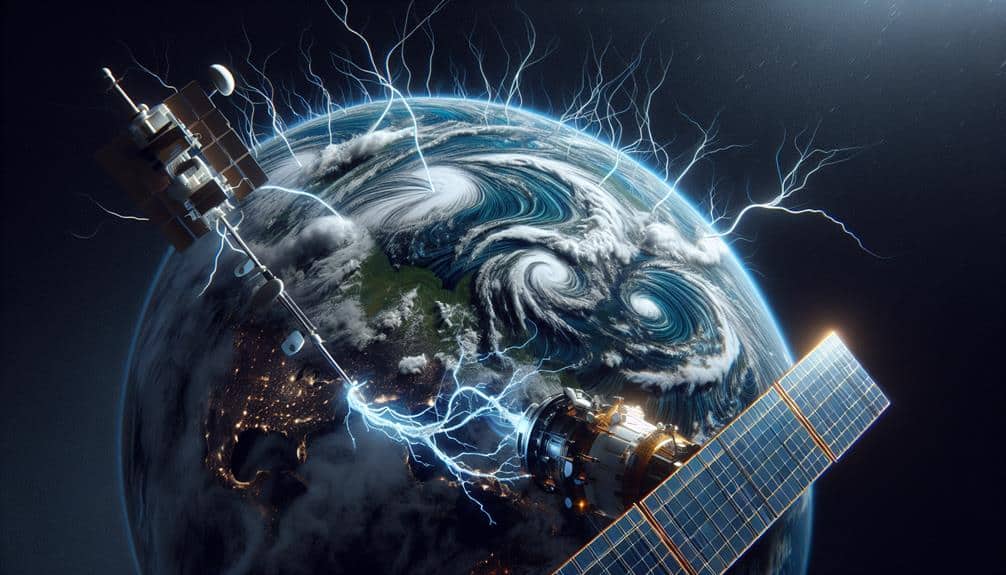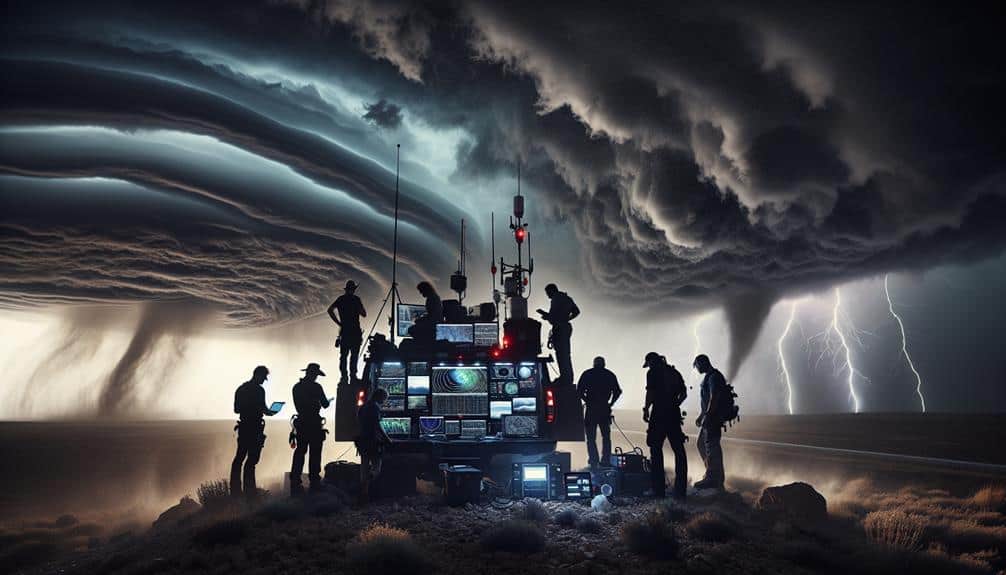10 Best Tools for Real-Time Storm Monitoring Challenges
We've compiled the 10 most effective tools for real-time storm monitoring challenges. Doppler radar systems and NEXRAD provide precise storm velocity and precipitation data. High-resolution weather satellites and geostationary satellite systems continuously monitor atmospheric conditions. Mobile weather stations and weather balloons dynamically track storm development. Anemometers and rain gauges offer accurate wind and precipitation measurements. […]
10 Best Tools for Real-Time Storm Monitoring Challenges Read More »
